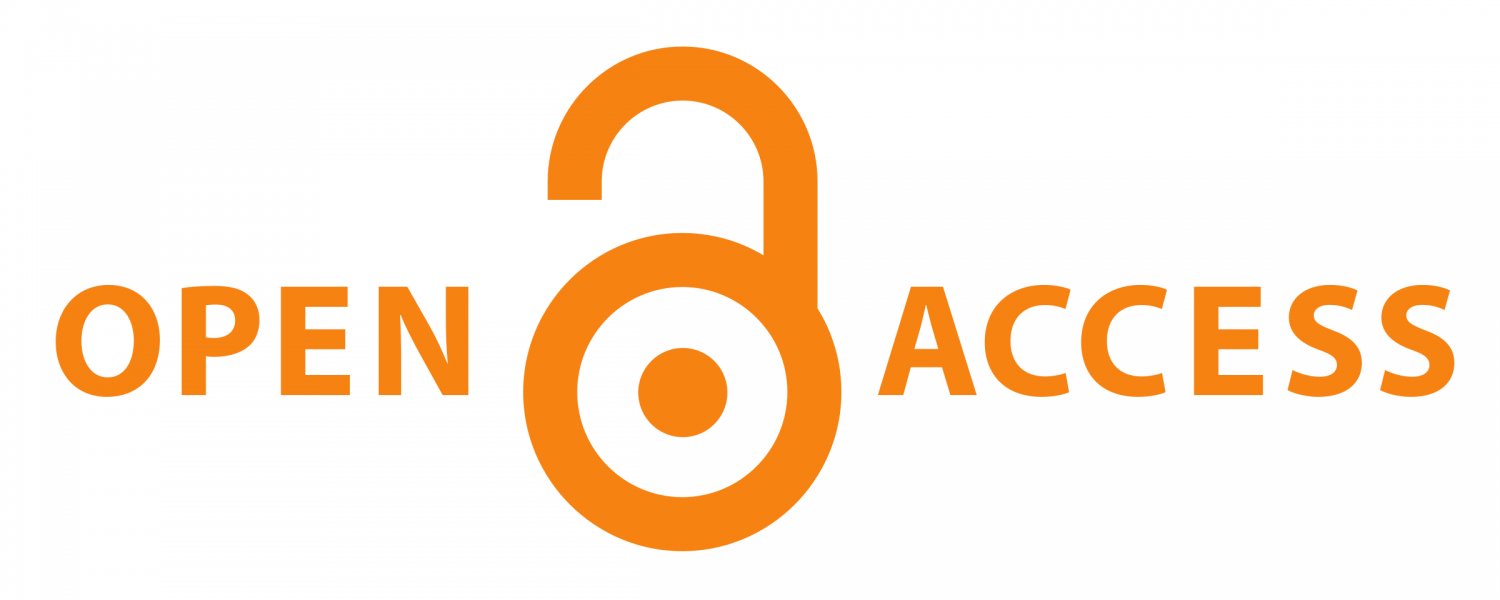MageMemo
DOI:
https://doi.org/10.70715/jitcai.2024.v1.i1.002Keywords:
Human-Computer Interaction, Swift, Gamification, Fantasy, User-Centric Design, Positivie PsychologyAbstract
This paper presents MageMemo, an innovative productivity tool that integrates gamification and fantasy storytelling to enhance user engagement in task management. Traditional productivity applications often struggle to sustain long-term user interest, decreasing effectiveness over time. MageMemo addresses this challenge by creating a captivating experience where users earn achievements, level up, and uncover an unfolding narrative as they complete real-life tasks. By combining principles of Human-Computer Interaction (HCI) with a compelling fantasy theme, MageMemo offers a novel approach to improving productivity and motivation. Outlined are the design methodology, technical implementation, and evaluation metrics employed in the development of MageMemo, providing insights into its progression and potential to revolutionize how people use task management applications.
References
[1] “Apple Developer Documentation.” Developer.apple.com,
developer.apple.com/tutorials/swiftui.
[2] Antunes, Pedro, et al. “Assessing the Impact of Educational
Differences in HCI Design Practice.” International Journal of
Technology and Design Education, vol. 24, no. 3, 19 Dec. 2013, pp. DOI: https://doi.org/10.1007/s10798-013-9243-y
317–335, https://doi.org/10.1007/s10798-013-9254-8. Accessed 23 DOI: https://doi.org/10.1007/s10798-013-9254-8
Aug. 2020.
[3] Biwer, F., Wiradhany, W., oude Egbrink, M. G. A., & de Bruin, A. B.
H. “Understanding effort regulation: Comparing ‘Pomodoro’ breaks
and self‐regulated breaks.” British Journal of Educational Psychology,
vol. 93, no. S2, Mar. 2023, https://doi.org/10.1111/bjep.12593. DOI: https://doi.org/10.1111/bjep.12593
[4] Cheng, S., Yang, Y., Xiu, L., & Yu, G. “Effects of Prior Experience on
the User Experience of News Aggregation App’s Features—Evidence
from a Behavioral Experiment.” International Journal of Human–
Computer Interaction, pp. 1–9, Apr. 2022,
https://doi.org/10.1080/10447318.2022.2062547. DOI: https://doi.org/10.1080/10447318.2022.2062547
[5] Dourish, Paul. “The Allure and the Paucity of Design: Cultures of
Design and Design in Culture.” Human–Computer Interaction, 22 May
2018, pp. 1–21, https://doi.org/10.1080/07370024.2018.1469410. DOI: https://doi.org/10.1080/07370024.2018.1469410
Accessed 7 Mar. 2019.
[6] Firebase. “Documentation | Firebase.” Firebase, 2019,
firebase.google.com/docs.
[7] Freyer, O., et al. “The regulatory status of health apps that employ
gamification.” Scientific Reports, vol. 14, no. 1, Sep. 2024,
https://doi.org/10.1038/s41598-024-71808-2. DOI: https://doi.org/10.1038/s41598-024-71808-2
[8] Heimgärtner, Rüdiger. “Reflections on a Model of Culturally
Influenced Human–Computer Interaction to Cover Cultural Contexts
in HCI Design.” International Journal of Human-Computer
Interaction, vol. 29, no. 4, Mar. 2013, pp. 205–219, DOI: https://doi.org/10.1080/10447318.2013.765761
https://doi.org/10.1080/10447318.2013.765761. DOI: https://doi.org/10.1080/10447318.2013.765761
[9] “How to Gamify Your Life: Science and Software to Make You More
Productive.” Zapier.com, zapier.com/blog/gamification-apps/.
[10] I. Popoola, “Design of a Daily Task Management App: A UX Research
Case Study,” Medium, Jun. 08, 2021.
https://medium.com/@isaacp./design-of-a-daily-task-management-
app-a-ux-research-case-study-35a8e4b19bd9
[11] J. McGonigal, “How It Works | A Proven Methodology,”
superbetter.com. https://superbetter.com/how-it-works.
[12] J. M. Marshall, D. A. Dunstan, and W. Bartik, “Smartphone
Psychological Therapy During COVID-19: A Study on the
Effectiveness of Five Popular Mental Health Apps for Anxiety and
Depression,” Frontiers in Psychology, vol. 12, Dec. 2021, doi:
https://doi.org/10.3389/fpsyg.2021.775775. DOI: https://doi.org/10.3389/fpsyg.2021.775775
[13] Jun Loayza. “The 10 Best Productivity Apps That Use Gamification in
2019.” Yu-Kai Chou: Gamification & Behavioral Design, 24 Feb.
2017, yukaichou.com/lifestyle-gamification/the-top-ten-gamified-
productivity-apps/.
[14] J. Torous, H. Wisniewski, G. Liu, and M. Keshavan, “Mental Health
Mobile Phone App Usage, Concerns, and Benefits Among Psychiatric
Outpatients: Comparative Survey Study,” JMIR Mental Health, vol. 5,
no. 4, p. e11715, Nov. 2018, doi: https://doi.org/10.2196/11715. DOI: https://doi.org/10.2196/11715
[15] Mohammed, Yakubu Bala, and Damla Karagozlu. “A Review of
Human-Computer Interaction Design Approaches towards Information
Systems Development.” BRAIN. BROAD RESEARCH in ARTIFICIAL
INTELLIGENCE and NEUROSCIENCE, vol. 12, no. 1, 29 Mar. 2021,
pp. 229–250, https://doi.org/10.18662/brain/12.1/180. DOI: https://doi.org/10.18662/brain/12.1/180
[16] Nebojša Đorđević, et al. “Interaction between Humans and Computers:
Key Aspects and Evolution.” Vojnotehnički Glasnik, vol. 72, no. 1, 1
Jan. 2024, pp. 452–481, https://doi.org/10.5937/vojtehg72-47701. DOI: https://doi.org/10.5937/vojtehg72-47701
[17] “SF Symbols.” Apple Developer, developer.apple.com/sf-symbols/.
[18] Xu, Wei, et al. “Transitioning to Human Interaction with AI Systems:
New Challenges and Opportunities for HCI Professionals to Enable
Human-Centered AI.” International Journal of Human–Computer
Interaction, vol. 39, no. 3, 6 Apr. 2022, pp. 494–518, DOI: https://doi.org/10.1080/10447318.2022.2041900
https://doi.org/10.1080/10447318.2022.2041900. DOI: https://doi.org/10.1080/10447318.2022.2041900
Downloads
Published
Data Availability Statement
Research data is all present within the paper.
Issue
Section
License
Copyright (c) 2024 Hunter Winghart, Dr. Ahmed Al Zaidy (Author)

This work is licensed under a Creative Commons Attribution 4.0 International License.












